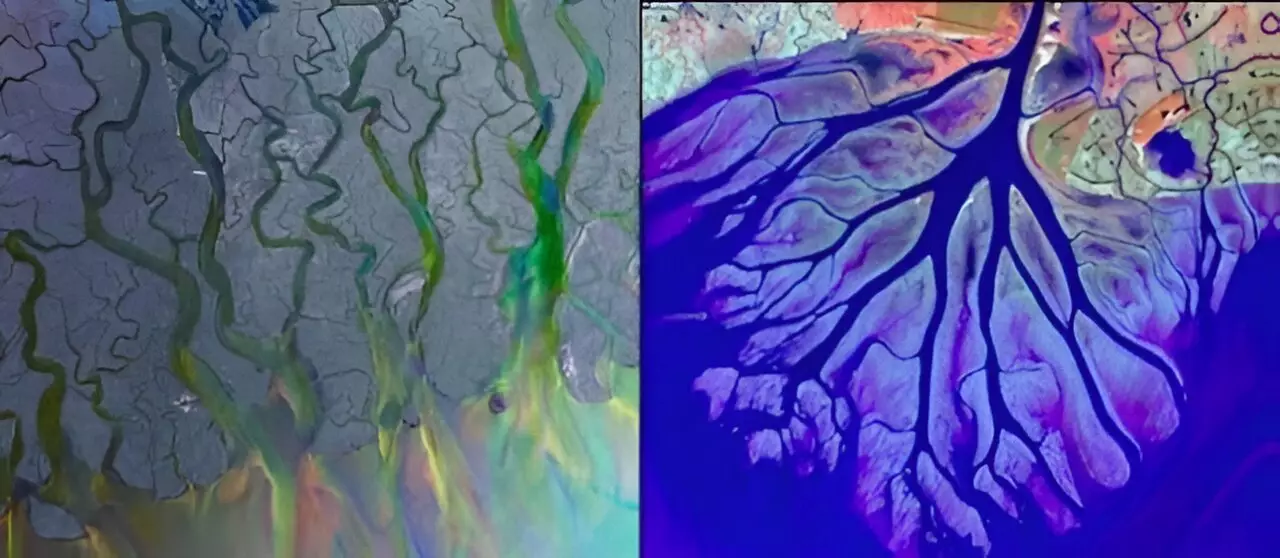Transport networks, such as river systems, play a vital role in optimizing stability and resilience within natural and human-made systems. These networks are essential for the efficient flow of various resources and materials. It is crucial to understand how these networks form and evolve to ensure their effectiveness in the face of changing environmental conditions and potential disruptions.
Recent research conducted by scientists from the Faculty of Physics at the University of Warsaw and the University of Arkansas has shed light on the significance of loop structures in transport networks. While tree-like structures are suitable for transport, networks containing loops demonstrate higher resilience to damage. This finding has important implications for enhancing the stability of various transport systems.
One of the key questions addressed by the researchers was the conditions that favor the formation of loop structures in transport networks. The study revealed that stable loop structures tend to form when flow fluctuations are appropriately tuned. This insight provides valuable information on the dynamics of network formation and growth, enabling a deeper understanding of their structural characteristics.
The research also highlighted the impact of environmental conditions on the morphology of transport networks. River systems, for example, can exhibit different structures based on the magnitude of flow fluctuations driven by factors such as river discharge and tidal flows. Understanding these environmental influences is crucial for predicting the evolution of network topologies in response to changing conditions.
The findings of this study have broad implications for the stability and resilience of transport networks beyond river systems. By identifying the conditions that promote the formation of loop structures, researchers can develop strategies to enhance the robustness of various network configurations. This knowledge is particularly valuable in the context of rapid climate change and human intervention, which can impact the stability of transport networks.
The research conducted by the scientists from the University of Warsaw and the University of Arkansas has provided valuable insights into the formation and evolution of transport networks. By focusing on the stability of loop structures and the impact of environmental factors, the study contributes to a better understanding of network dynamics. Moving forward, further research in this field will be instrumental in optimizing the resilience of transport networks in the face of evolving challenges.


Leave a Reply